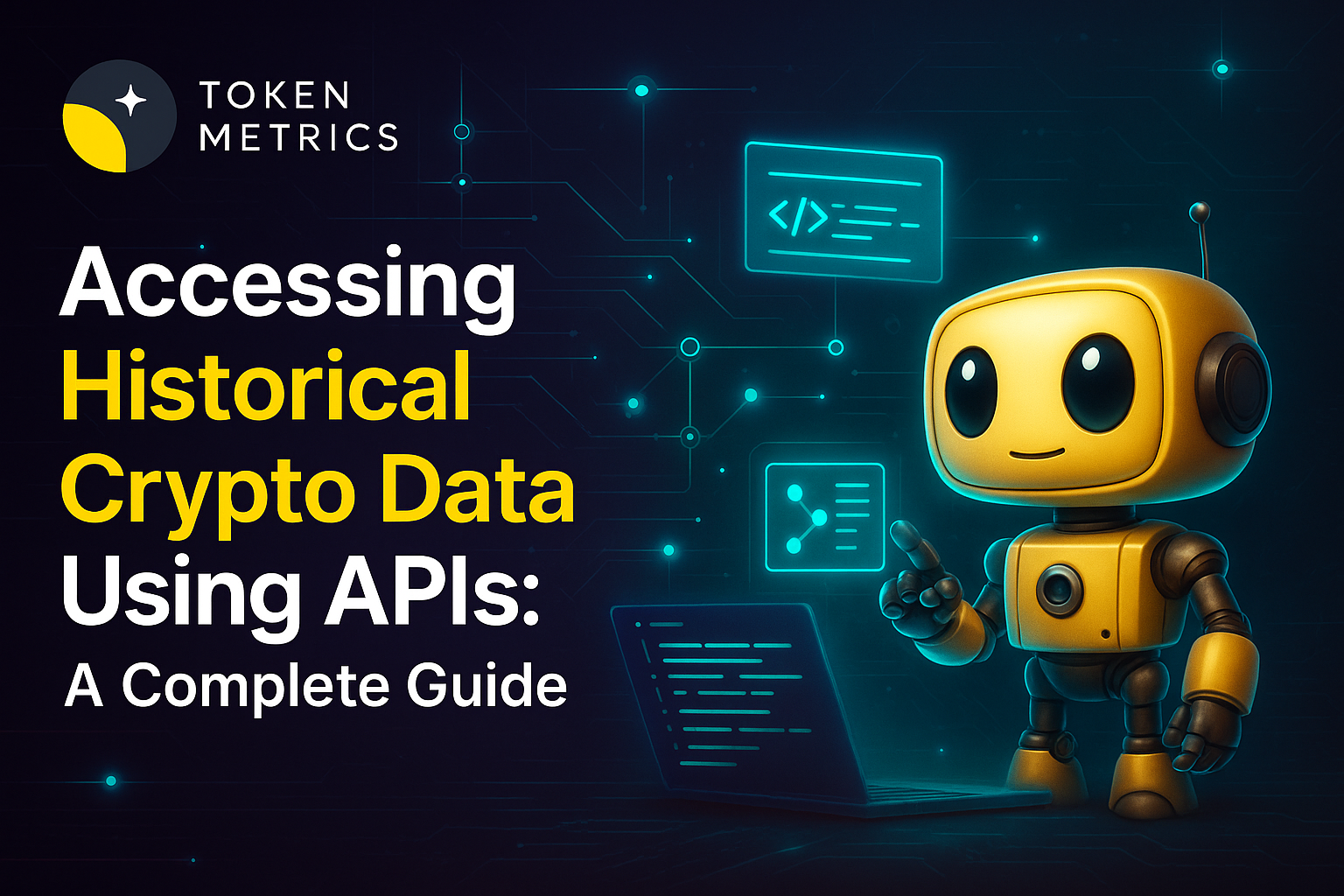Future of Cryptocurrency - Is Crypto the Future?

If you are wondering about the future of cryptocurrency, we did some digging to answer that, and more.
Cryptocurrency has gained popularity and value in recent years, with the most well-known cryptocurrency, Bitcoin, reaching an all-time high in late 2021. However, the future of the crypto market is uncertain and the subject of much debate. Some analysts predict continued growth, while others foresee a potential crash. In this article, we will explore the potential future of cryptocurrency, including potential growth, crashes, and the role of regulation. We will also discuss predictions for specific cryptocurrencies, such as Bitcoin and Ether, as well as altcoins and decentralized finance (DeFi) and autonomous organizations (DAOs).
Will cryptocurrencies take off? Understanding the potential future of the crypto market can help investors make informed decisions about their investments.
11 Significant Crypto Predictions for 2023
By examining the past trends and indications in the crypto market, it appears that the future of crypto holds exciting opportunities for investors. Here are some notable crypto predictions to keep an eye on in 2023:
Continued Popularity and Growth
Some analysts predict that the popularity and value of cryptocurrencies, particularly Bitcoin, will continue to rise in 2023. This could be due to increased acceptance by businesses and higher demand for Bitcoin exchange-traded funds (ETFs).
Steep Crash
However, others believe that the crypto market is unstable and vulnerable to a crash. In 2022, Bitcoin's price fell by roughly 40% due to factors such as slowing economic growth and rising interest rates. This bearish market may continue into 2023, leading to a potential crash.
Volatility and Regulation
Regardless of whether the market experiences growth or a crash, it is likely that Bitcoin and other cryptocurrencies will continue to be volatile. This volatility could be mitigated by increased regulation of the crypto market, which some predict will play a more significant role in 2023.
DeFi and DAOs
The shift toward decentralized finance (DeFi) and autonomous organizations (DAOs) is expected to continue in 2023. DeFi aims to remove the need for middlemen in traditional financial products, while DAOs are a new type of internet community based on blockchain technology. These developments could help to increase the stability and growth of the crypto market.
Bitcoin's Price
Some analysts predict that Bitcoin's price will continue to rise, potentially reaching $100,000 by the end of the year. Others believe that the market is unstable and could experience a crash.
Increased Adoption
It is predicted that over 500 million people worldwide will invest in and own Bitcoin by the end of 2023. This could be due to increased awareness and acceptance of the cryptocurrency.
ETF Approval
The approval of the first spot Bitcoin ETF in the US is possible in 2023. This would allow investors to have direct exposure to the cryptocurrency itself, rather than just tracking Bitcoin futures contracts.
DeFi and DAOs
The shift toward DeFi and DAOs is expected to continue and could become the highest growth areas of the crypto market.
Ether's Performance
Some analysts predict that Ether, the second-largest cryptocurrency by market value, will outperform Bitcoin again in 2023.
Regulation
It is possible that regulation of the crypto market will play a more significant role in 2023, potentially helping to stabilize the market.
Altcoins
The performance of altcoins, or alternative cryptocurrencies, is uncertain. Some may experience growth, while others could struggle. It is important for investors to carefully research and evaluate individual altcoins before making any investments.
Key Takeaways
When we see crypto from the growth perspective, there is a fair chance of getting the climb in 2023, especially for Bitcoin. However, Ether can take over the throne owing to the stats of 2022.
If you are seeking expert research and analysis to inform your investment decisions, consider signing up for Token Metrics. Our platform can provide you with access to the best performing cryptocurrencies with just a click. Explore our plans to learn more.
Create Your Free Token Metrics Account

.png)




%201.svg)
%201.svg)


%201.svg)










.svg)




.png)